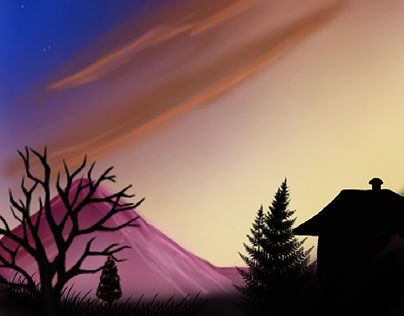
Immerse yourself in the captivating world of digital anime art, where imagination and creativity collide to produce mesmerizing backgrounds.
This article elucidates seven pivotal techniques to enhance your artistic prowess:
Setting selection: Choosing the perfect setting is crucial in creating compelling anime backgrounds. Whether it's a bustling cityscape or a serene natural landscape, the setting sets the tone and atmosphere of your artwork.
Perspective mastery: Mastering perspective is essential to create a sense of depth and dimension in your backgrounds. Understanding vanishing points and horizon lines will help you create realistic and visually pleasing compositions.
Depth and distance interpretation: Conveying depth and distance in your anime backgrounds adds realism and makes your artwork more visually engaging. Experiment with techniques like overlapping objects and atmospheric perspective to create a sense of depth.
Impactful color utilization: The strategic use of color can greatly enhance the impact of your anime backgrounds. Experiment with color schemes, contrasts, and harmonies to create mood and atmosphere.
Light and shadow manipulation: Lighting plays a crucial role in bringing your anime backgrounds to life. Understanding how light interacts with objects and casting shadows will add depth and realism to your artwork.
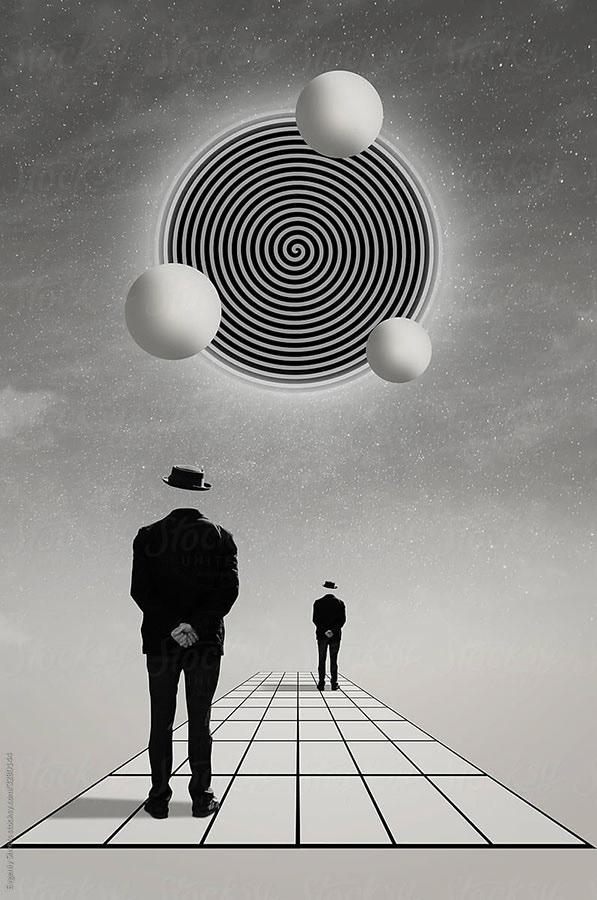
Mood and atmosphere reflection: Anime backgrounds are not just about the physical elements; they also evoke emotions and set the mood. Consider the story or scene you want to convey and reflect it in your choice of colors, lighting, and overall composition.
Weather imposition: Weather can greatly influence the mood and atmosphere of your anime backgrounds. Whether it's a sunny day, a stormy night, or a misty morning, incorporating weather elements adds depth and realism to your artwork.
These insights can revolutionize your approach and elevate your work, enabling you to create anime backgrounds that truly resonate and captivate.
Selecting the Perfect Setting for Your Anime Background
The selection of an appropriate setting is a fundamental step in the process of creating a compelling and immersive digital anime background. This setting, carefully chosen, is not merely a backdrop, but a dynamic entity that propels the narrative forward through story integration and influences character interaction.
It breathes life into the virtual universe, playing a significant role in shaping the plot, enhancing character development, and elucidating the overarching theme of the anime. The setting transcends the boundaries of physicality, embodying the emotional landscape and the psychological state of the characters, thus creating a multi-layered narrative.
An innovative blend of precision, creativity, and artistic flair is required in setting selection to ensure a harmonious fusion of story, characters, and their surroundings.
Mastering Perspective in Digital Anime Backgrounds
In the realm of digital anime backgrounds, the mastery of perspective is an intricate ballet between the mathematical and the artistic.

It begins with the comprehension of perspective basics, laying the groundwork for the implementation of advanced techniques, and ultimately leading to the identification and resolution of perspective-related challenges.
This dance, though complex, is essential in creating a believable and immersive world within the canvas of anime.
Understanding Perspective Basics
With a focus on mastering perspective in digital anime backgrounds, understanding the basics of perspective is crucial for creating a sense of depth and realism in your artwork. Grasping the concept of perspective distortion, which involves the alteration of objects' sizes and shapes according to their relative distance, is a key component.
The use of vanishing points, where parallel lines converge to provide an illusion of depth, is instrumental. By expertly leveraging these principles, artists can create dynamic, immersive environments that captivate viewers.
This requires an innovative mindset, a keen eye for detail, and a deep understanding of the interplay between shapes, distance, and angles. This foundational knowledge is a stepping stone towards creating intricate, vivid, and lifelike digital anime backgrounds.
Implementing Perspective Techniques
Mastering perspective in digital anime backgrounds involves not just an understanding of the fundamental concepts, but also the application of a wide array of techniques and tools.
Perspective grids usage is one of the essential techniques, offering a structured approach to create depth and dimension. It helps in aligning elements within the scene, setting a visual hierarchy that guides the viewer's gaze.
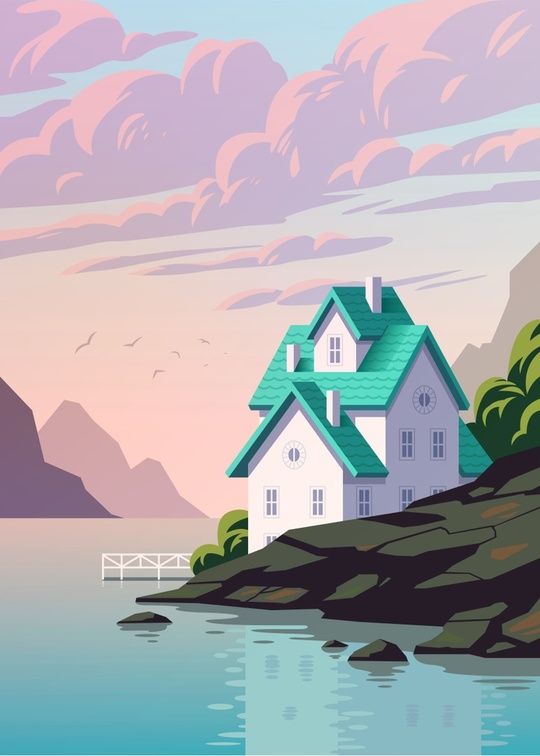
Foreshortening techniques, on the other hand, manipulate the viewers' perception of distance and size, making objects appear closer or further than they are. The innovative blend of these techniques can create an immersive atmosphere, amplifying the storyline's mood and context.
Mastering these skills can elevate a simple setting to a dynamic, interactive background, enhancing the overall impact of the anime's narrative.
Perspective Challenges and Solutions
Addressing challenges related to perspective in digital anime backgrounds requires a keen understanding of spatial relationships and a thoughtful application of technical skills. Perspective illusion tricks can be a vital tool for artists, giving depth to flat images and creating a convincing three-dimensional effect. However, perspective related errors can disrupt the overall composition, leading to a disconnection between the viewer and the art.
Solutions range from using grid systems to maintain consistent scale, to employing advanced digital tools that automate perspective calculations. The key is in understanding the horizon line and the vanishing points, and how they relate to the viewer's position. By mastering these techniques, artists can create anime backgrounds that transport viewers into a compelling, immersive world.
Understanding the Role of Depth and Distance in Anime Art
While the characters and plotlines in anime capture the viewer's immediate attention, it is the skilful manipulation of depth and distance in the artwork that subtly enhances the storytelling and emotional impact of the scenes.
Pioneering depth perception techniques create a tangible sense of three-dimensionality, drawing viewers deeper into the on-screen reality. Distance scaling strategies are employed to architect the space between the foreground and background, generating a convincing spatial context for the characters.
The interplay of depth and distance is not merely an exercise in aesthetics, but serves as a powerful narrative tool. It can highlight the isolation of a character, emphasize the scale of an action sequence, or underline the vastness of an environment, thereby magnifying the emotional resonance of the narrative.
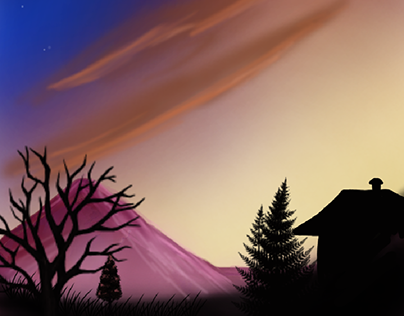
Creating a Strong Color Impact in Your Anime Backgrounds
The vibrant tapestry of hues in anime backgrounds holds the power to captivate audiences, lending not only aesthetics but also emotional depth to the narrative.
Grasping the foundations of color theory and the strategic application of varied saturation can significantly enhance this captivating effect.
We now turn our focus to these pivotal elements, unraveling the techniques to create compelling color impact in your anime backgrounds.
Color Theory Basics
Understanding the basics of color theory is crucial, as it can significantly enhance the visual impact of your anime backgrounds, with the careful selection and application of as few as two contrasting or complementary colors. Leveraging Color Harmony, you can create a symphony of hues that not only attract viewer's attention but also provide a subtle sense of balance and unity.
This is where Emotion Depiction comes into play. The hues you choose can evoke a wide range of emotions, from the tranquility of cool blues to the fiery passion of warm reds. A soft pastel palette can cultivate a sense of peace, while bold, saturated colors might reflect high energy or chaos.
Ultimately, color theory is a powerful tool in defining the mood and atmosphere of your anime world.
Applying Varied Saturation
Frequently, anime artists employ varying degrees of color saturation in their backgrounds, and this technique can dramatically amplify the visual impact and emotional resonance of a scene. Saturation variations in anime aesthetics are not just a random choice but a deliberate tool to influence viewer's emotions, convey mood, and underscore narrative elements. It's akin to painting with emotions, where the canvas is the viewer's psyche.
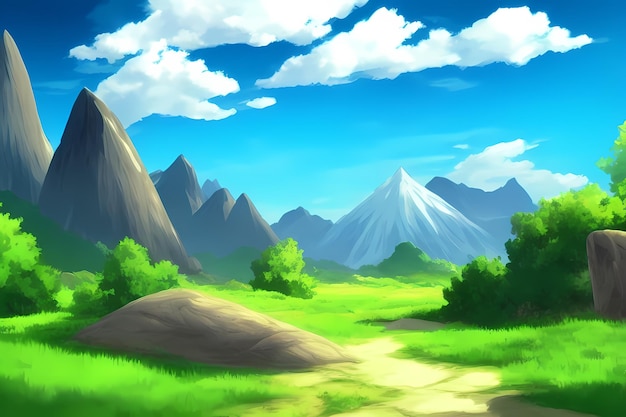
Full saturation can evoke a sense of vibrancy and energy, while desaturated colors can create a melancholic, dreamy, or vintage feel. Intentional gradation in saturation can create spatial depth, directing viewer's focus or creating a sense of distance. Juxtaposing highly saturated areas against desaturated ones can create a compelling visual contrast, further enriching the narrative.
Thus, understanding and manipulating color saturation can be a game-changer in creating impactful anime backgrounds.
The Art of Light and Shadow Play in Digital Anime
Mastering the intricate dance of light and shadow in digital anime requires a keen knowledge of four key elements: direction, intensity, color, and form.
Shadow manipulation becomes essential, painting layers of depth and providing visual clues to the setting.
Light sourcing is equally vital, acting as a guide, leading the viewer's gaze across the canvas, and underlining the main points of focus.
The direction of light influences the form and structure, while intensity dictates the mood.
The color of light can drastically alter the atmosphere, shifting from a warm sunrise to a cold, eerie moonlight.
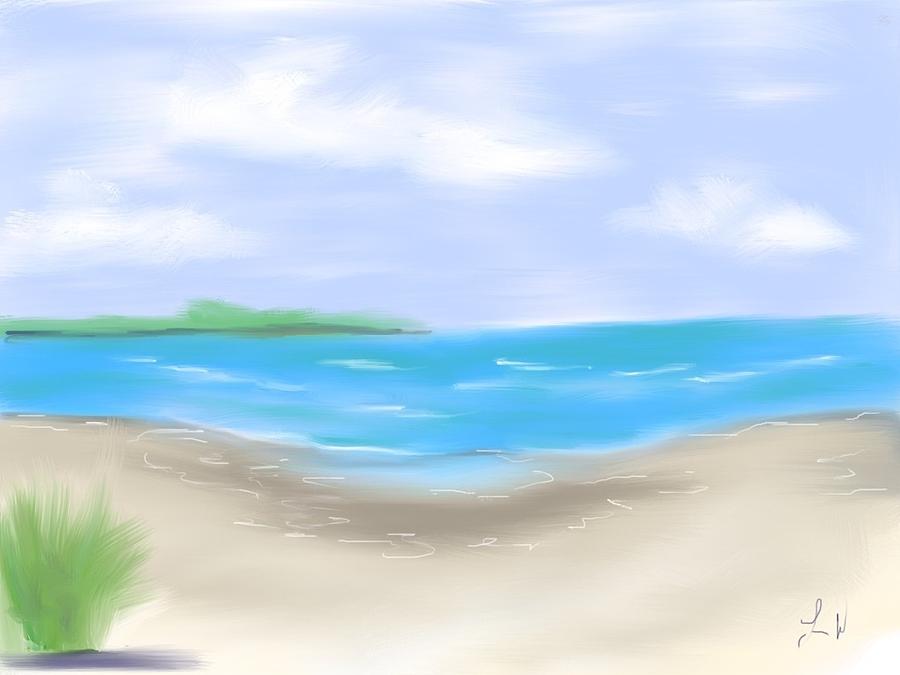
The interplay between light and shadow is the heartbeat of the scene, pulsating with every change, reflecting the mood and creating a harmonious symphony of visual storytelling.
Reflecting Mood and Atmosphere in Anime Backgrounds
Employing color schemes, intricate detailing, and strategic shadowing plays a pivotal role in reflecting the mood and atmosphere in anime backgrounds. The subtle nuances of these elements can elevate the emotional conveyance, creating a profound impact on the viewer.
For instance, warmer hues can evoke feelings of joy or excitement, while cooler shades might suggest calmness or melancholy. Character interaction also significantly contributes to the atmospheric tone.
The backdrop can mirror a character's emotional state or foreshadow a significant plot twist, providing an enriching viewing experience. Minute details, like light filtering through a window or raindrops on a glass pane, can further enhance the mood.
The aim is to create a harmonious blend that resonates with the narrative and captivates the audience.
How to Impose Weather Conditions in Your Anime Backgrounds
Incorporating five distinct weather conditions into your anime backgrounds can dramatically transform the scene's ambiance and narrative direction, adding layers of depth and complexity to the storyline.
The play of sunlight can imbue the scene with warmth and optimism.
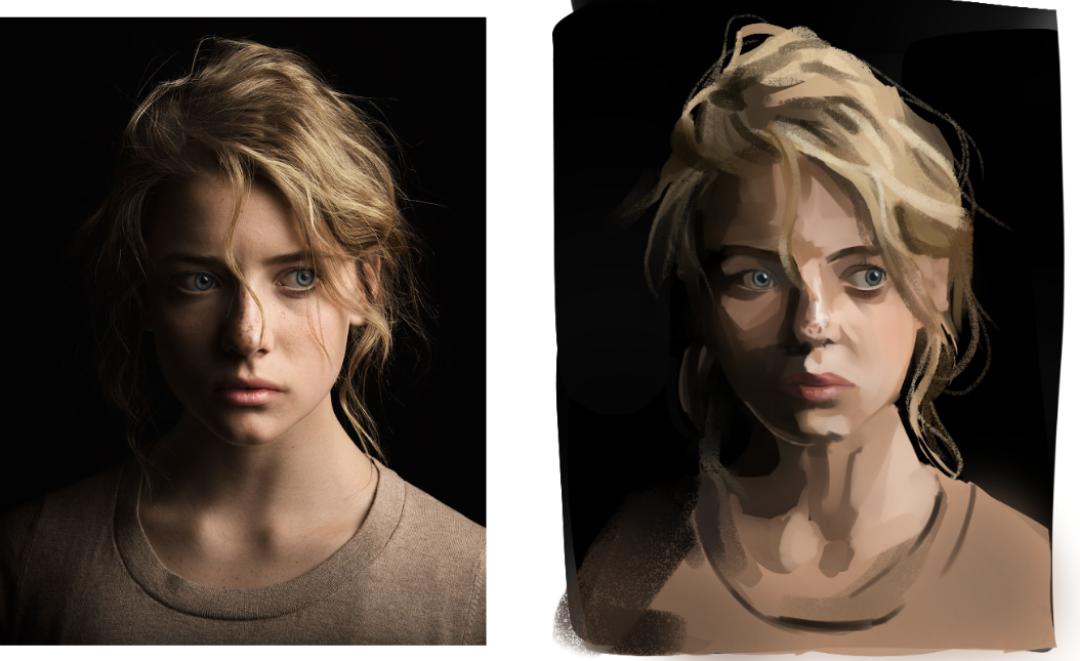
Rain effects, ranging from drizzles to downpours, can evoke melancholy or tension.
Wind, captured in the sway of trees or characters' clothing, manifests unseen forces at work.
Snow, with its blanket of silence, can signify isolation or purity.
Fog, meanwhile, provides a veil of mystery or confusion.
This weather symbolism provides a visual language, translating emotions and themes into tangible elements.
Craft these elements with precision and imagination, and your anime worlds will pulsate with palpable, ever-changing atmospheres.
Frequently Asked Questions
What Software Is Best for Creating Digital Anime Backgrounds?
In terms of software comparison, Adobe Photoshop and Clip Studio Paint excel in feature requirements for creating digital anime backgrounds, due to their advanced capabilities in color, lighting, perspective control, and atmospheric effects.
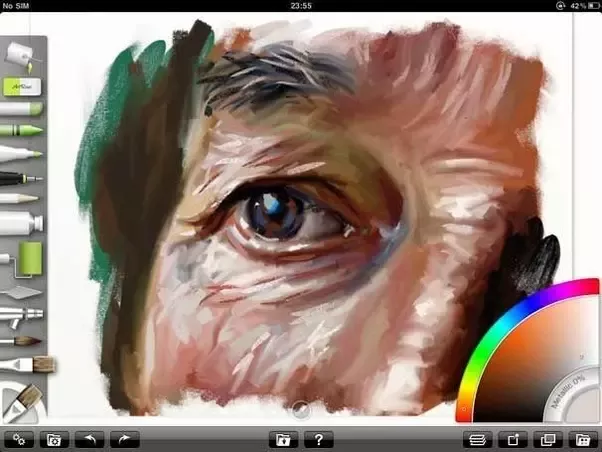
How Can I Incorporate Character Designs Into the Background Setting?
Character integration into the background setting involves thoughtful set design. Choose settings that reflect characters' traits and situations. Skillfully weave characters into the environment, ensuring a cohesive and visually engaging digital anime background.
How Can I Improve My Drawing Skills for Digital Anime Backgrounds?
To enhance your digital anime background drawing skills, focus on texture incorporation and brush selection. Mastering these techniques can dramatically improve your artistic prowess, adding depth, realism, and detail to your digital creations.
What Are Some Tips for Maintaining Consistency in the Style of the Anime Backgrounds Throughout a Series?
To maintain consistency in anime backgrounds, understanding Consistency Challenges and Style Adaptation is crucial. Regularly reference previous works, ensure color palette continuity, and adapt for varying moods and settings while preserving core stylistic elements.
Are There Any Specific Cultural Elements That Should Be Included in Anime Backgrounds?
Yes, anime backgrounds should include specific cultural elements. Incorporating cultural symbolism and depicting traditional architecture can effectively convey the setting's cultural context, enriching the visual narrative and enhancing the viewer's immersion.
 Digital Art InstructionDIY Infographics DesignMobile Game ArtworkPersonalized Logo Design3D AnimationeBook Covers DesignPrivacy PolicyTerms And Conditions
Digital Art InstructionDIY Infographics DesignMobile Game ArtworkPersonalized Logo Design3D AnimationeBook Covers DesignPrivacy PolicyTerms And Conditions
